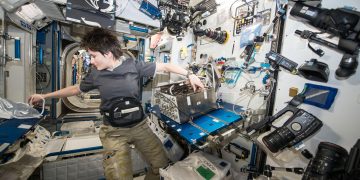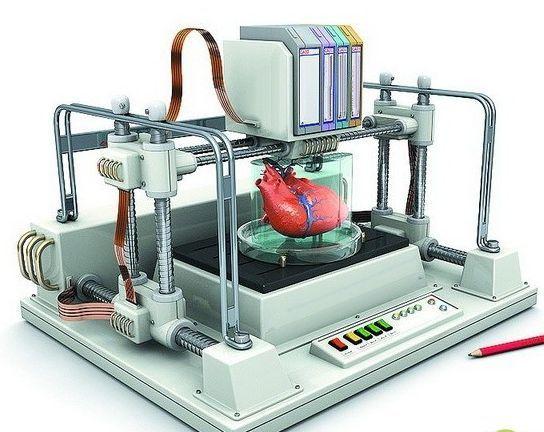With the rapid development of 3D printing technology, it has become a revolutionary technology in the manufacturing industry. In the medical field, 3D printing technology has particularly demonstrated its unique advantages. It can not only manufacture complex instruments that are difficult to achieve with traditional methods, but also provide highly personalized customized services. This article will explore the application, advantages, and challenges of 3D printing technology in customized medical devices.
Application of 3D Printing Technology in Customized Medical Devices
Customized implants
3D printing technology can customize various implants based on the specific anatomical structure of patients, including joints, bones, teeth, and skulls. By obtaining images of the patient’s internal structure through CT or MRI scanning, 3D printing can accurately replicate implants that perfectly match the patient’s internal structure, which is crucial for improving the adaptability and comfort of implants.
Surgical Model
3D printing technology can create precise models of specific organs in patients, which surgeons can use to plan and rehearse complex surgical procedures. This simulated surgery can help doctors identify potential problems in advance, choose the best surgical path, thereby reducing surgical risks and improving surgical success rates.
Personalized surgical tools
In addition to implants and models, 3D printing technology can also be used to create personalized surgical tools such as guides, fixtures, and scaffolds. These tools can be customized according to the patient’s specific situation and surgical needs, making the surgery more precise and efficient.
Plastic surgery and repair
In the fields of plastic surgery and restorative medicine, 3D printing technology can customize personalized repair structures based on the patient’s injury condition, such as skin, soft tissue, etc. These 3D printed structures can help patients restore their damaged appearance and function.
The advantages of 3D printing technology
Highly personalized
The biggest advantage of 3D printing technology lies in its high customization capability. Each patient’s anatomical structure is unique, and 3D printing can create perfectly matched medical devices based on the patient’s specific situation.
Shorten manufacturing time
The traditional customized medical device manufacturing process often takes a long time, while 3D printing technology can complete the printing of complex devices in a few hours, greatly reducing the time from design to production.
Reduce surgical risks
Surgical models and tools made through 3D printing can help doctors plan surgeries in advance, reduce intraoperative uncertainty, and thus lower surgical risks.
cost reduction
Although the initial investment in 3D printing equipment and materials may be high, in the long run, 3D printing technology has the potential to reduce the overall cost of medical devices due to its reduction of material waste and shortened production time.
Challenges Faced
Although 3D printing technology has shown great potential in customized medical devices, there are also some challenges. Firstly, the accuracy and reliability of the technology, 3D printed products must meet strict medical standards. Secondly, the biocompatibility and stability of the materials must be ensured. 3D printing materials must be safe and harmless to the human body, and have long-term stability in the body. In addition, regulatory agencies are continuously improving the approval process and standards for 3D printed medical devices.
Future development direction
With the continuous advancement of 3D printing technology and the development of materials science, in the future, 3D printing will be able to use more types of materials to manufacture more complex and functional medical devices for customized medical equipment. Meanwhile, with the improvement of regulations and standards, the application of 3D printing in the medical field will become more widespread and mature.
epilogue
The application of 3D printing technology in the field of customized medical devices provides patients with more accurate and personalized treatment plans, which not only improves treatment effectiveness but also optimizes the use of medical resources. Although there are still some technological and regulatory challenges at this stage, with the continuous improvement of technology, the application prospects of 3D printing technology in the future medical and health field are undoubtedly bright.


















































Discussion about this post